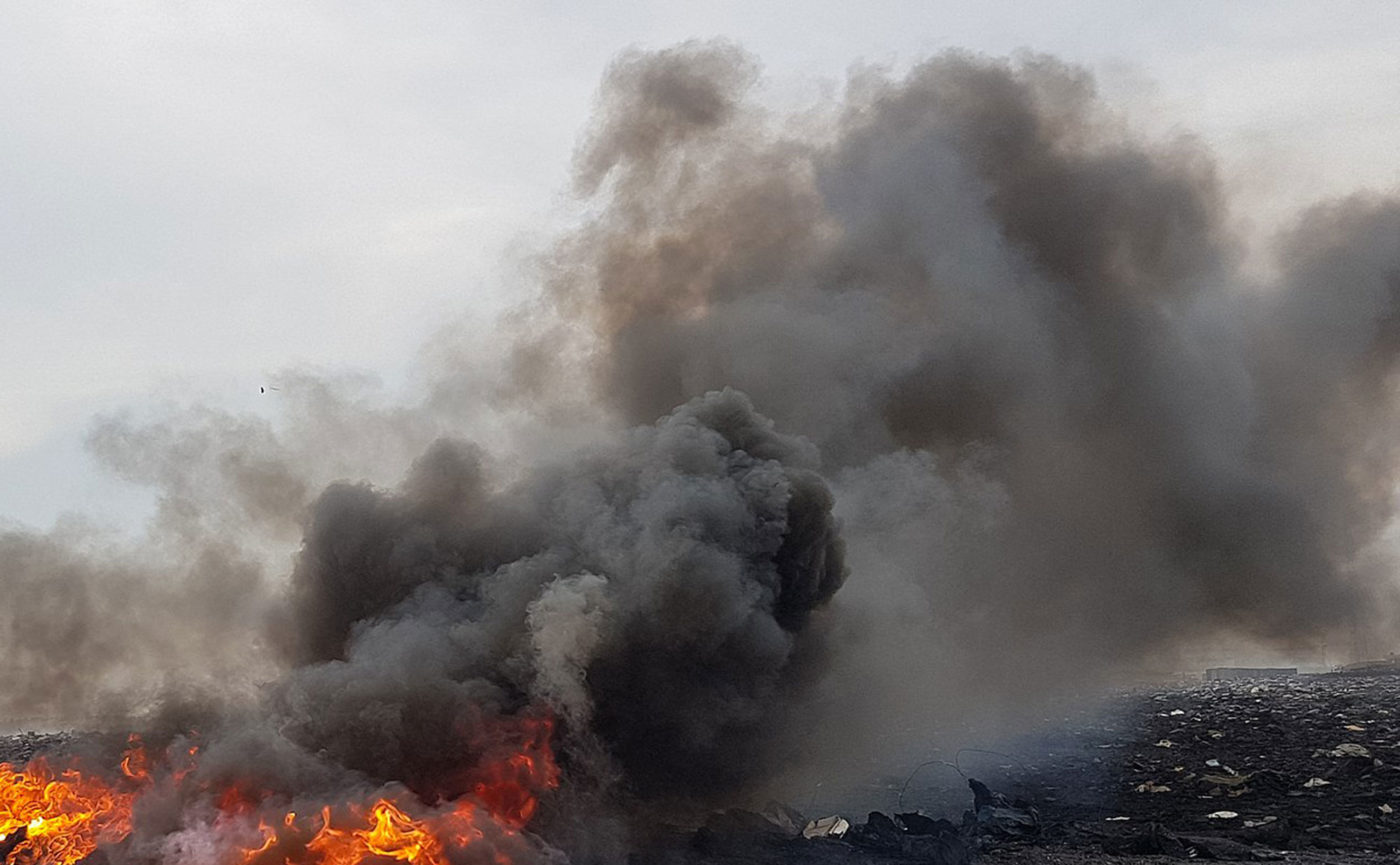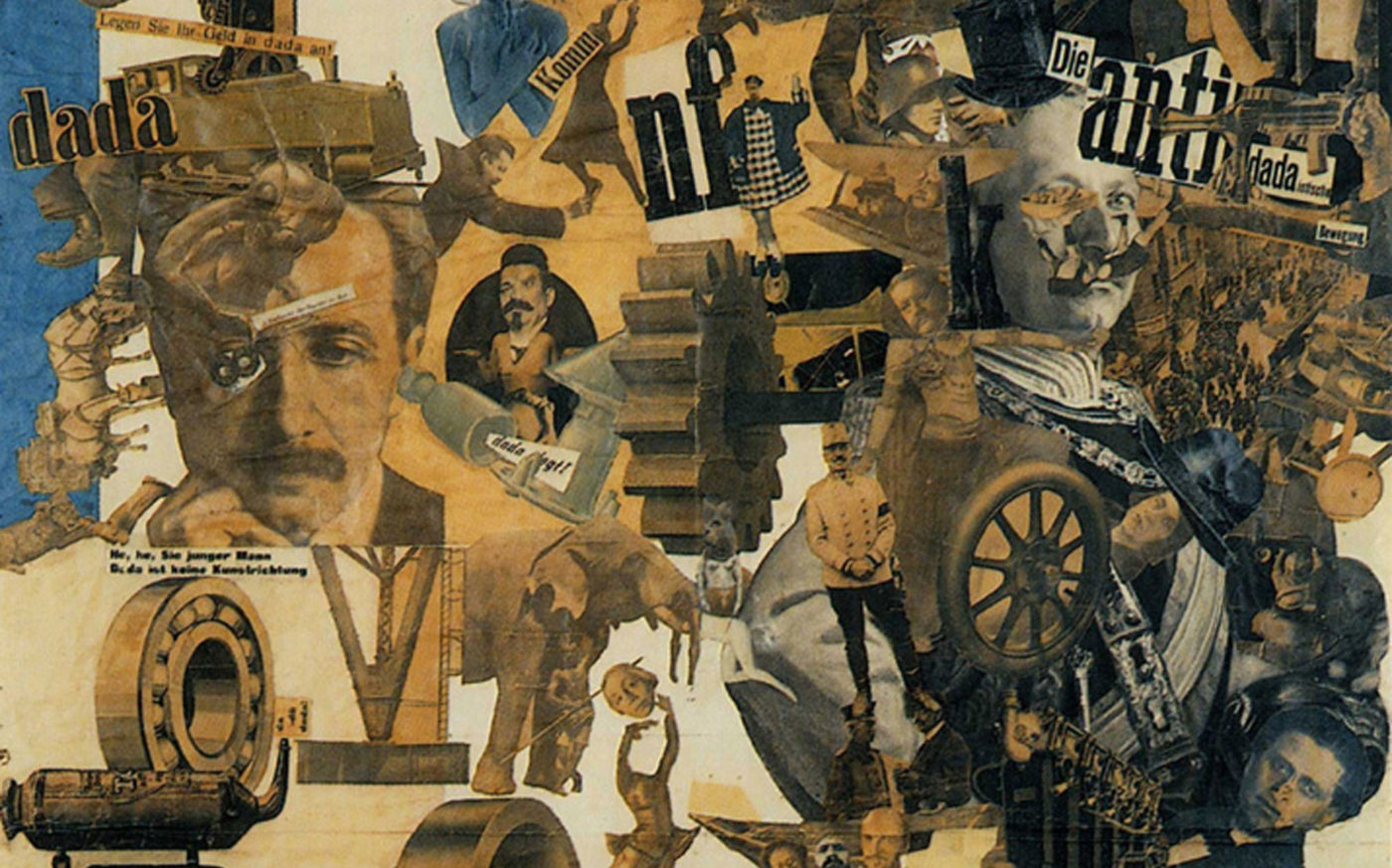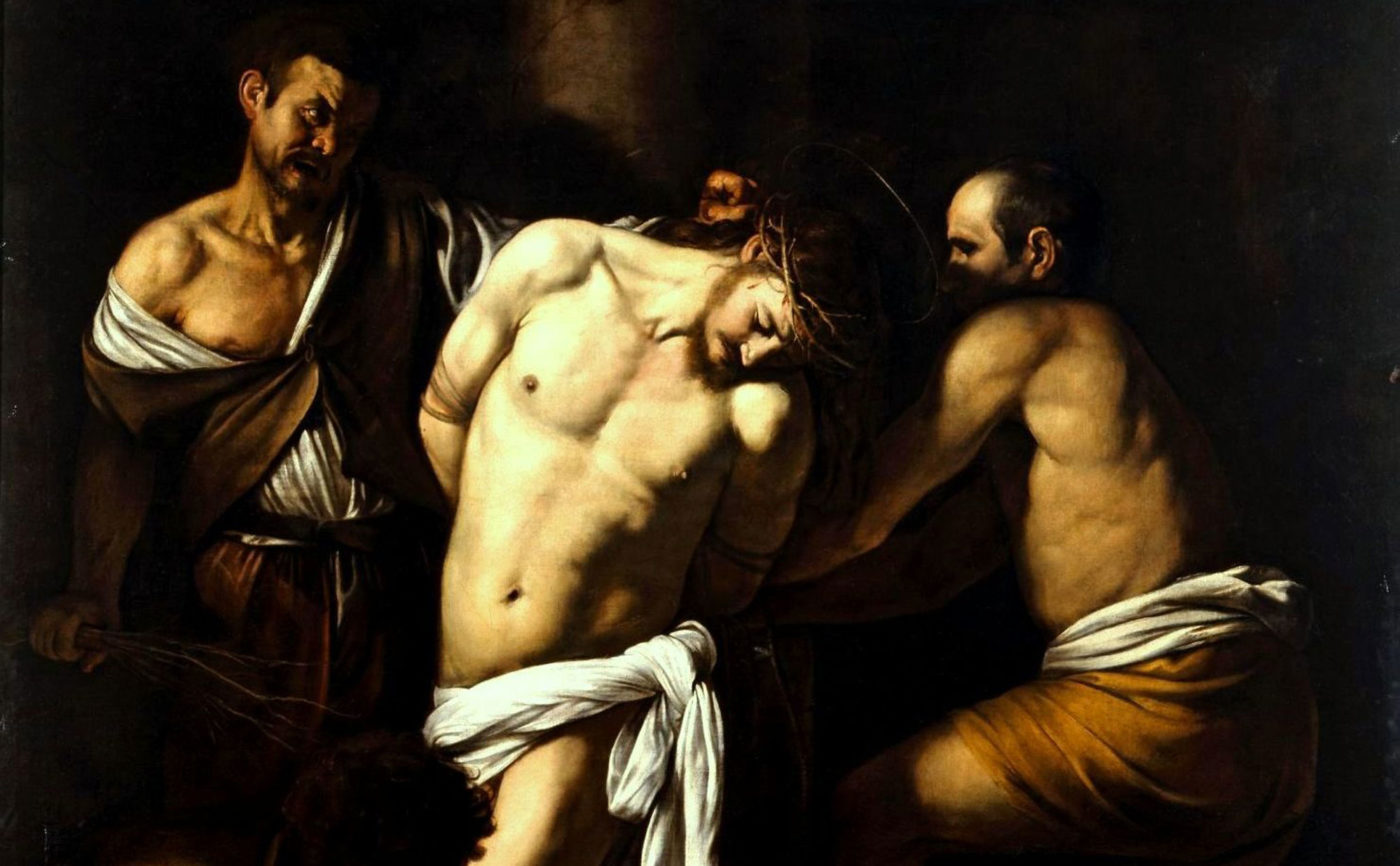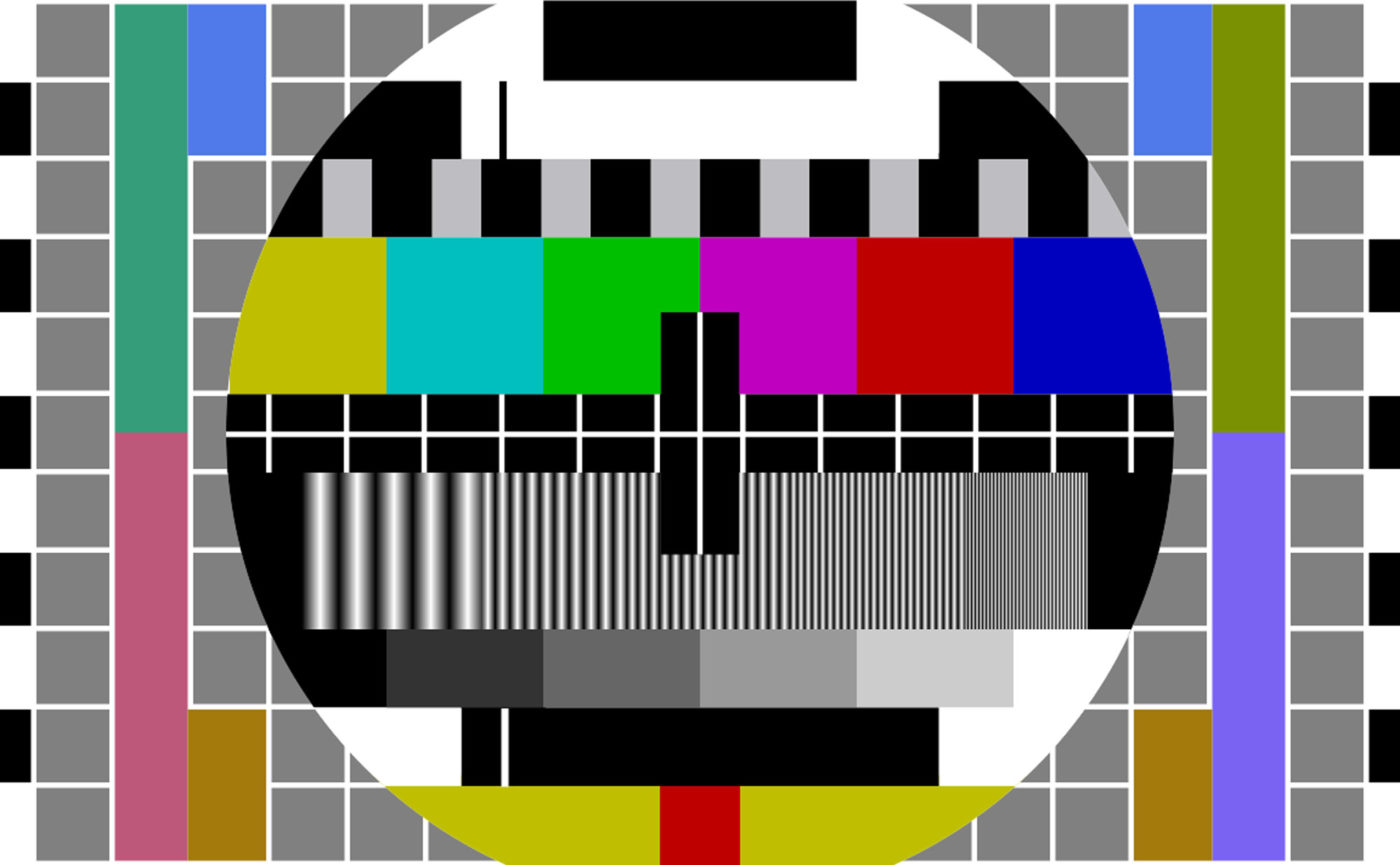Muntaka Chasant, Burning sheathed cables to recover copper at the Agbogbloshie e-waste landfill near the center of Accra, Ghana’s capital city (detail) After this long summer break I would like to resume from the central theme of this blog. That is, from that discourse already undertaken around the images and the impact they have on the constitution of our imagery and, therefore, of our experience, determining many of our points of view and the “form” of our thinking itself. […]






